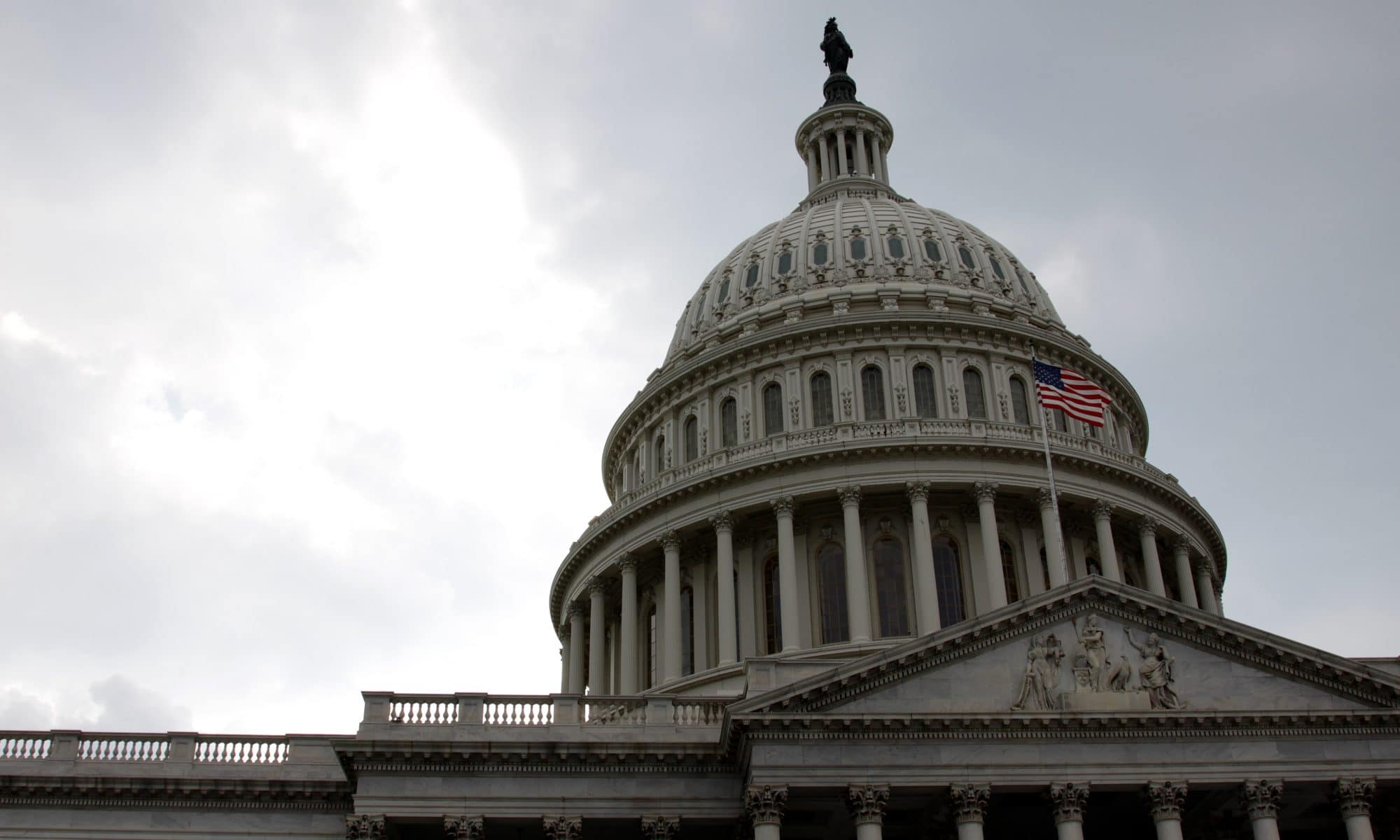A recycled proposal in President Trump’s fiscal year 2021 budget seeking to incorporate food box deliveries to food stamp recipients is drawing protests from U.S. retail interests.
The Trump budget said its Harvest Box proposal — first floated two years ago — will combine retail-based Supplemental Nutrition Assistance Program benefits with “a package of nutritious, 100 percent American-grown food.” Retailers still don’t like the plan.
“Once again, a proposal to transform SNAP into a box delivery system was included in the FY 2021 budget proposal and it remains tremendously concerning to our members,” Greg Ferrara, president and CEO of the National Grocers Association, said in a news release. “Grocers play a critical role in distributing SNAP benefits to Americans in need in the most efficient and cost-effective manner possible, and the Harvest Box proposal would undermine the foundation that the SNAP public-private partnership was built upon.”
The release said a 2018 economic analysis of the Harvest Box proposal by NGA found that, if enacted, the proposal would cost U.S. food retailers $23 billion in sales. The NGA analysis concluded the Harvest Box proposal would result in the loss of 211,700 grocery retail jobs.
“Fortunately, the Harvest Box proposal has been rejected in Congress, due to NGA’s vigorous advocacy efforts and concerns from local, independent grocers across the nation over the past two years,” Ferrara said in the release.
Budget details
Trump’s fiscal year $4.83 trillion 2021 budget proposal will reign in an “overgrown federal government with fiscally responsible cuts in spending,” Agriculture Secretary Sonny Perdue said in a news release. While upping the Department of Defense budget, The Trump budget would cut 8% in spending from the USDA, 9% from the Department of Health and Human Services, 27% for the Environmental Protection Agency and 11% from the Department of Labor.
The White House said the budget proposes $1.9 trillion in spending cuts to non-defense discretionary programs, including a 5% cut in 2021 and continuing reductions of 2% per year after that.
A government relations update from the United Fresh Produce Association said that Congress will soon begin its work on the 2021 federal budget with hopes of finding a budget agreement before November.
Robert Guenther, senior vice president of public policy for United Fresh, said in the e-mailed update that Congress is not likely to embrace Trump’s budget proposal, especially the large cuts to the USDA and increased funding for the border wall currently under construction.
Trump is proposing new work requirements to quality for SNAP benefits for adults who are able to work, regardless of whether participants have children.
Rep. Rosa DeLauro, D-Conn., said Trump’s budget seeks to cut the SNAP funding by more $18 billion per year, on average.
“As with his previous budgets, this one is going nowhere,” DeLauro said in a news release.
Rep. Collin Peterson, D-Minn., chairman of the House Agriculture Committee, said in a news release that’s Trump budget proposes cuts in crop insurance, conservation spending, disaster assistance, SNAP and other programs.
However, Trump budget proposal of $600 million funding for USDA’s Agriculture and Food Research Initiative (AFRI) drew praise from the Supporters of Agricultural Research Foundation. If approved by Congress, AFRI’s annual budget would be well above fiscal year 2020 funding of $425 million, according to the group.
